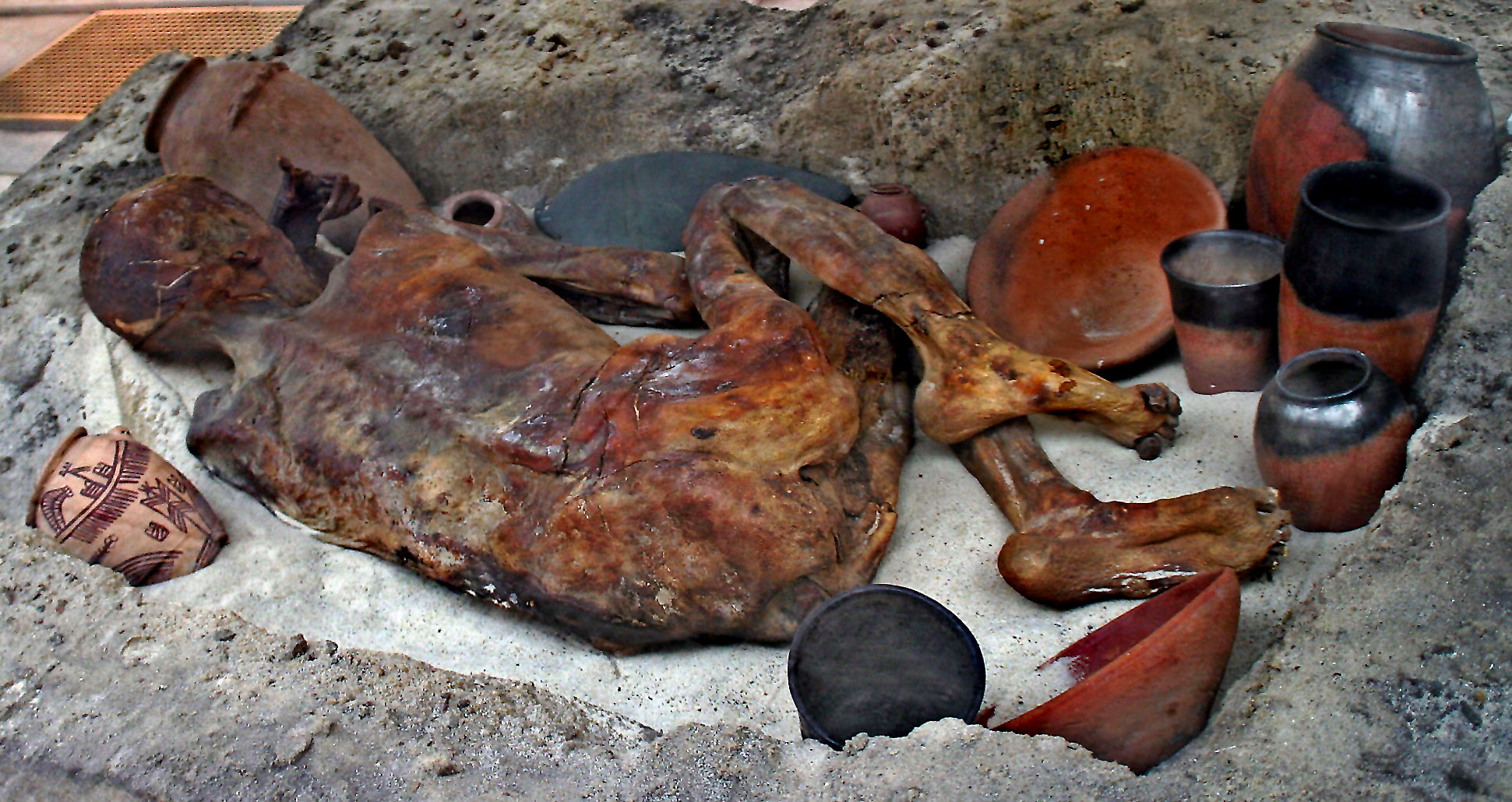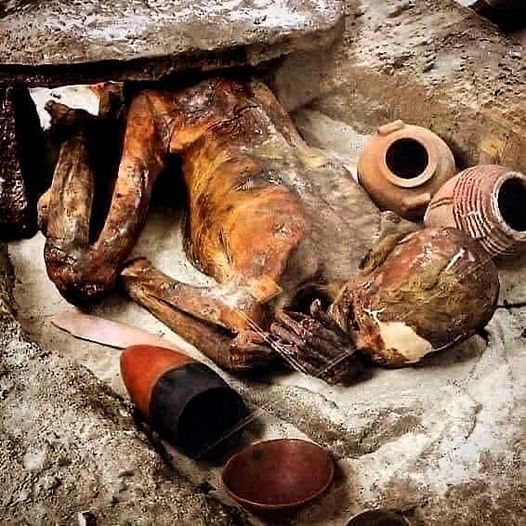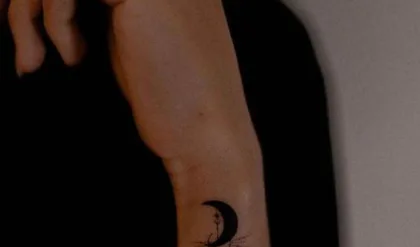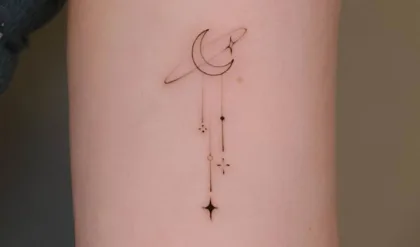The ancient land of Egypt is famous for its impressive monuments, pyramids, and the art of mummification. Among the many fascinating discoveries, one stands out as both unique and ancient: the “Ginger” mummy. Over 5,500 years old, the Ginger mummy is the oldest surviving Egyptian mummy ever found, providing invaluable insights into early Egyptian culture and burial practices.

### Who is the “Ginger” Mummy?
The Ginger mummy, so named for its reddish hair, was discovered in Gebelein, Upper Egypt, and dates back to around 3,400 B.C. Unlike many famous mummies, Ginger was naturally mummified, meaning the process occurred due to the natural climate and conditions of the desert rather than through the elaborate embalming techniques later developed by the Egyptians.

This mummy is notable for its well-preserved body, including its skin, hair, and even fingernails, offering researchers a rare glimpse into the life of an individual from prehistoric Egypt. Ginger’s bright red hair, still visible after more than 5,500 years, has made this mummy famous worldwide.
### Natural Mummification Process
The Ginger mummy was preserved naturally, a process quite different from the artificial mummification practices that came into use in later dynasties. The dry, hot desert sands of Egypt created a perfect environment for natural preservation. When Ginger was buried, the body was placed in direct contact with the desert sand, which quickly dehydrated the remains, preventing decay. The lack of moisture and oxygen acted as a natural barrier against bacteria and microorganisms that typically decompose the human body.

This early form of natural mummification provides valuable information about how the harsh environment of ancient Egypt played a role in the preservation of the dead long before elaborate embalming techniques were introduced.
### Significance of the Ginger Mummy
The discovery of the Ginger mummy is crucial for several reasons. Firstly, it shows how early Egyptians dealt with death and burial long before the development of advanced mummification methods. Unlike the elaborate tombs of the pharaohs, Ginger’s simple burial reflects the practices of commoners during prehistoric times.
Additionally, Ginger provides a window into the health, diet, and physical characteristics of ancient Egyptians. The preservation of the mummy’s hair, teeth, and body gives researchers the opportunity to study ancient nutrition, diseases, and even trauma that individuals experienced during their lives. In Ginger’s case, there is evidence of a fatal wound on the mummy’s body, likely indicating a violent death.

### Why Is Ginger So Well-Preserved?
Ginger’s excellent preservation is due to the unique conditions of the desert where the body was found. The extreme dryness and high temperatures in the region essentially freeze-dried the body, protecting it from decay for thousands of years. While Ginger’s natural preservation is less intricate than later mummies like Tutankhamun, it has stood the test of time, making it the oldest complete Egyptian mummy known today.
### A Glimpse into Prehistoric Egypt
While many think of ancient Egypt as the era of grand pyramids and powerful pharaohs, the Ginger mummy takes us even further back in time. By studying this ancient mummy, archaeologists can learn more about prehistoric Egyptians—before the rise of the Old Kingdom and the construction of Egypt’s great monuments.
The Ginger mummy provides clues about burial customs, daily life, and even social structures that existed long before Egypt’s golden age. This discovery is more than just an ancient relic; it’s a time capsule from a lost world.
The Ginger mummy stands as a testament to the power of natural preservation and the mysteries of ancient Egypt. Over 5,500 years old, it is the oldest surviving Egyptian mummy, offering a wealth of information about prehistoric life in Egypt. As researchers continue to study Ginger, we gain valuable insights into early Egyptian burial practices, health, and culture. This ancient time capsule reminds us of the vast span of human history and the incredible stories waiting to be uncovered beneath the sands of Egypt.





